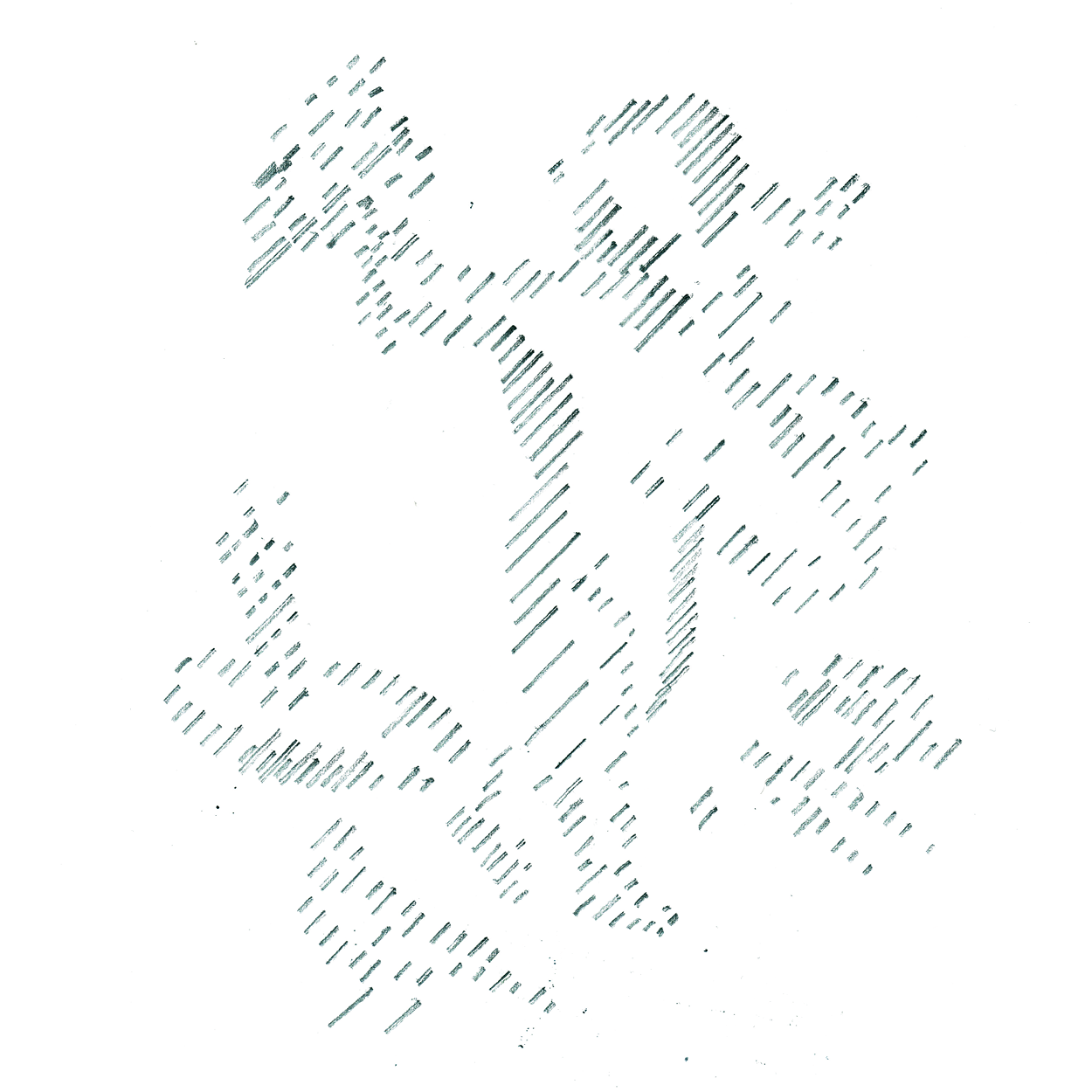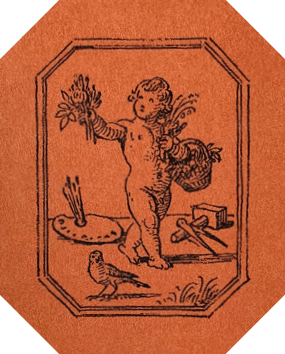NATIONAL SOLO RELEASE 2017

Aase Seidler Gernes. National solo 2017
National solo 2017
Aase Seidler Gernes
By Louise Skafte
"The jury awards [...] with great pleasure the national solo award of the Charlottenborg Foundation to Aase Seidler Gernes, and this in recognition of a particularly impressive artistic act of life, which has only just recently stepped out of the shadow and into the light. So it's actually about another debut that deserves a bigger hay hunt."
Thus last year's jury described their choice of Aase Seidler Gernes as the winner of the 2016 National Solo Prize. In the 1950s and 1960s, Seidler Gernes had a prominent role as a textile artist with her geometric circles, squares and compositions in luminous colours, but in 1968 she set aside her independent artistic work to assist her husband, the avant-garde artist Poul Gernes, in his artistic work.
Despite the fact that Seidler Gernes has worked as a textile artist for most of her life, it is only now that she has really stepped out of her husband's shadow. In addition, textile art has for many years been perceived as a "women's craft", which has meant that it has been devalued as an art form for many years. Thus, with this solo award, the jury wanted to give Aase Seidler Gerne's works the attention they deserve and to celebrate textile art as a worthy artistic medium.
Seidler Gernes turns 90 this year and it therefore seems obvious that this year's solo exhibition includes works from all her artistic work; from the 1950s to the present day. The exhibition consists of a selection of textile works from Seidler Gerne's extensive production of fabric prints in the 1950s, which includes wall rugs, cloths and unique garments. Curtains of fabric that Seidler Gernes and her husband together created for Herlev Hospital will adorn the exhibition space's large beautiful windows.
Finally, a large number of new drawings will be shown, which is living proof that Seidler Gernes continues to work unabashedly, despite the fact that in 2007 she suffered a blood clot in her brain which left her paralyzed on the right side and robbed her of the language of speech and writing. She used to be right-handed, but trained her left hand to be able to draw with felt pens on paper. This exhibition testifies to a strong woman who lives and breathes her art.
Born 1927 in Frederiksberg, Denmark. Educated at Nordisk Stofpressri, Copenhagen, Denmark. 1946 and Frederiksberg Technical School, Copenhagen, Denmark. 1948.


